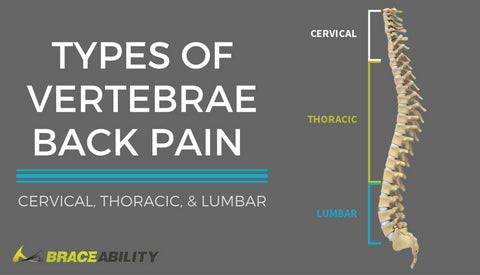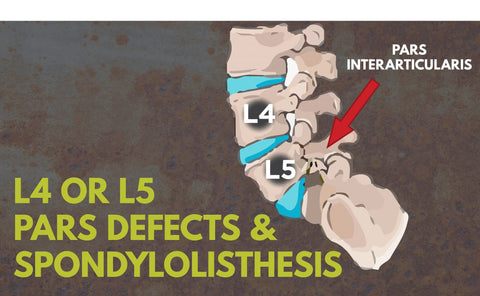Osgood-Schlatter Disease Symptoms, Causes & Knee Pain Treatment
As an adolescent, I participated in all of the athletics that I could—volleyball, track, basketball, soccer, dance. Because of this, I was forced to participate in hours of practices a day. I genuinely loved all of the activities I was in, so I didn’t mind the extensive practices unless they involved running. I hated running. It wasn’t because I was out of shape or lazy; no, it was because I had undiagnosed Osgood Schlatter’s disease making it extremely painful for me to run. My knees would always hurt while running and for many hours afterward.
Since cardio training is a crucial part of most sports and therefore practices, I ran nearly every day. After struggling with the pain for several weeks and ice alone not really helping, I noticed other symptoms of Osgood Schlatter disease, such as muscle tightness despite stretching. When another one of Osgood Schlatter symptoms showed up as a knob on the bottom of my knee, I finally gave in and went to see my doctor.
Osgood Schlatters Causes
My doctor diagnosed me with Osgood Schlatters disease and explained that the cause of Osgood Schlatters is irritation of the growth plate by the patellar tendon. He explained that because of my physical activity and because I was still growing, my thigh muscles were pulling on the patella tendon, which is the muscle that connects the kneecap to the shinbone. This repeated tension and irritation can cause the tendon to pull away from the shinbone a little bit, which causes the pain, swelling, inflammation and sometimes the formation of a knob. He then listed some other symptoms of Osgood Schlatters, including:- Knee pain after physical activity
- Gradual onset of pain without a specific injury or cause
- Tightness in the quadriceps, hamstrings or calves
- Swelling and inflammation of the knee
- Tenderness over the knob on the tibial tuberosity




